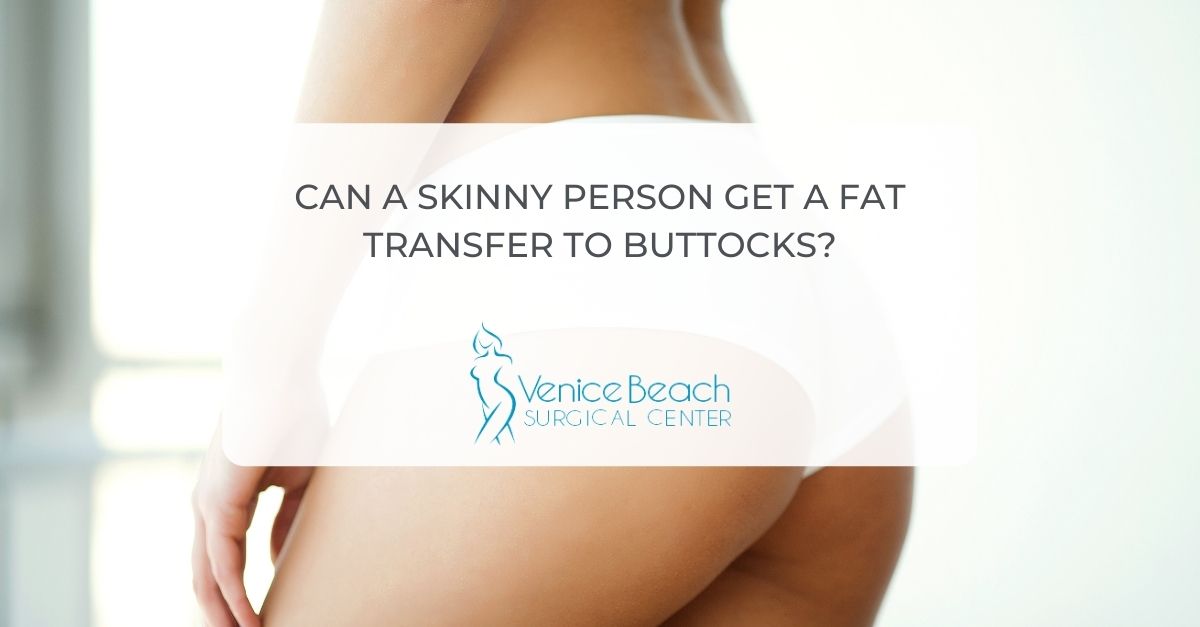In this modern age of widely available, more affordable cosmetic surgery, one of the most common procedures that women, in particular, seem to be interested in is a butt lift. In general terms, this is the process of adding volume to the buttocks to increase and improve the roundness of the rear. Commonly, women who choose to undergo a butt lift procedure will have fat taken from another location on their body and inserted into their buttocks to achieve the desired effect. However, what about patients who don’t necessarily have the excess fat to transfer to the buttocks? Let’s go through some of the most important information on this topic.
1. The general rule for a successful fat transfer to the buttocks is that a surgeon will need to harvest at least 1000cc of fat (500 for each buttock), and this usually requires a person to have a body mass index (BMI) of 22 or higher.
2. One of the most common suggestions that a doctor will make to someone whose BMI is lower than 22 is to undertake a period of deliberate weight gain to produce enough excess fat to transfer. This is the only way that a person without enough body fat originally will be able to have the procedure, as the science behind anonymous fat transferring has not yet reached a viable stage.
So, if your BMI is lower than 22 and you don’t want to put on extra weight to qualify for the procedure, then you will have to start exploring alternative options to achieve the buttocks that you are dreaming of. The most common alternative when someone can’t produce their ccs of fat for transference is undoubtedly butt implants.
1. Butt implants differ from a butt lift in the sense that rather than using your natural body fats to create the desired shape, a surgeon will instead use silicone implants similar to those used in breast augmentation surgery.
2. Before the more natural butt lift procedure was perfected, silicone implants were the most common way to achieve a bigger, rounded rear.
3. Of course, this procedure comes with a much greater level of risk because you are putting a foreign object into your body that might not be accepted. This increases the risk of both rejection and infection.
4. The other drawback is that while a fat transfer butt lift is considered to be permanent, silicone butt implants are something that will need to be replaced over time. On average, they only tend to last about ten years before needing to be switched.
So, now that you have all of the relevant information about a fat transfer to the buttocks and you think you want to further explore the procedure, don’t hesitate to head over to the Venice Beach Surgical Center website for everything you need and more. Dr. Rojas is an expert in his field with years of cosmetic surgery experience. You couldn’t be in better hands!





